What and How Much Sports Drink should You drink while Cycling? [Buyer's Guide]
Sports nutrition during cycling is a frequently discussed topic, and our colleague Ruurd even dedicated an extensive blog on the subject a little while back. Perhaps even more important however is proper hydration. If you don’t drink during your ride, and keep drinking as you go, then your performance will soon start to suffer. This blog on proper sports drink tells you everything on the importance of hydration in relation to optimal sports performance.
Drinking enough prevent your body from becoming dehydrated. It’s always important to stay hydrated, but even more so with the warm summer days on the way. Drinking too much can however also negatively impact your performance. The trouble of recognising that you’ve been drinking too much is that the symptoms largely mimic those of not hydrating enough.
These symptoms can include but aren’t limited to headaches, nausea, cramps, dizziness, and general confusion. Drinking more isn’t always better then! Keeping your water balance in check is what it’s all about then. This means you ingest an amount of fluid equal to that expended during exercise.
Proper sports drinks help maintain your fluid balance
In a perfect scenario, your body is able to maintain a precise fluid balance. In reality, this is incredibly difficult to achieve. You’ll almost always lose fluids as you cycle. Generally speaking, up to a 2% loss of overall bodyweight during exercise is considered acceptable.
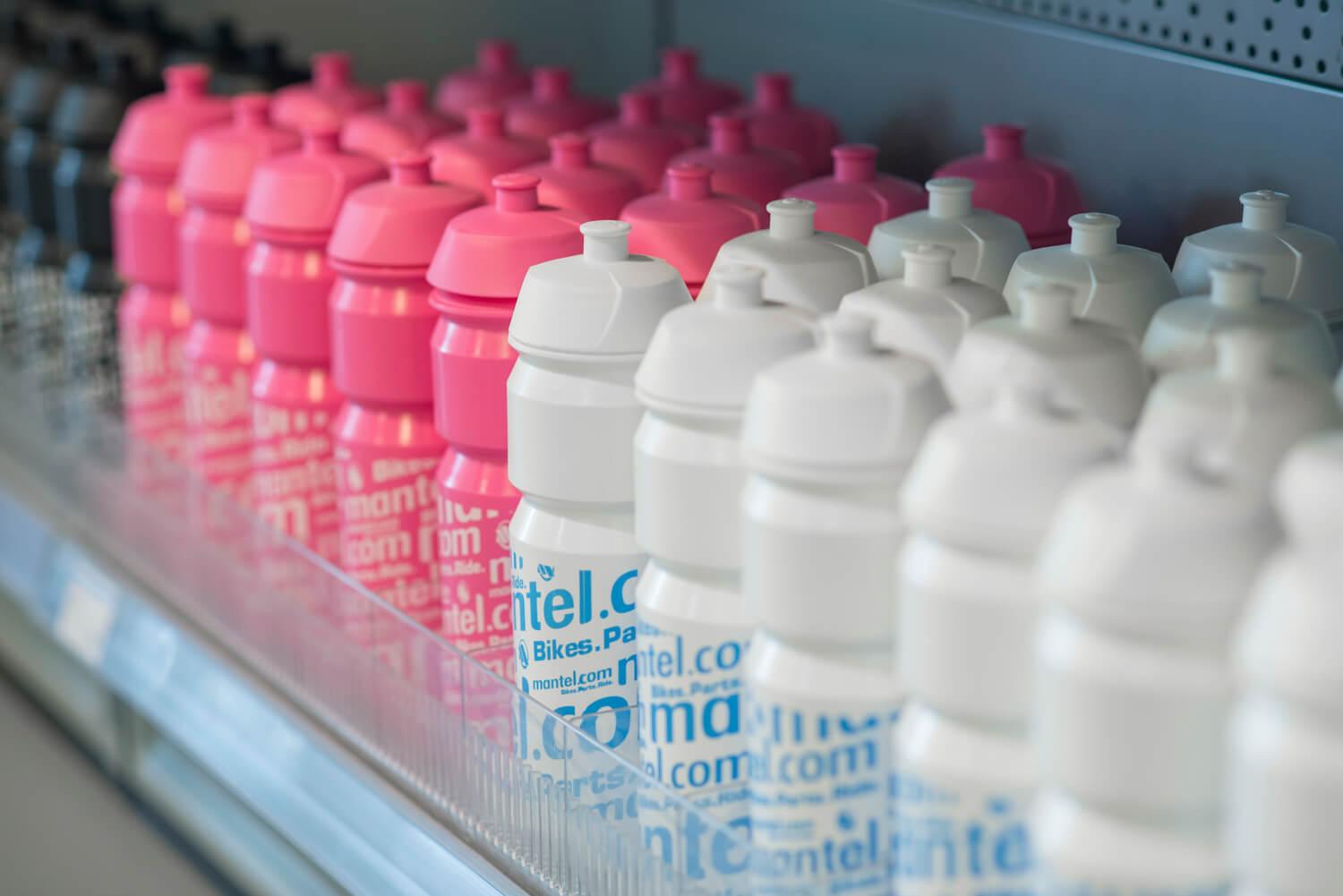
Did you know that at a 3% loss of your bodyweight, your performance significantly suffers? If that loss rises to above 3.9%, you could be using up to 45% more energy according to some experts to achieve the same level of performance compared to when you’re properly hydrated!
This means that your oxygen consumption will increase as well, and your heart rate will rise considerably. Your body has to work a lot harder to put out the same amount of Watts. Not only do you feel worse, your performance really does suffer as well.
How much fluid do you lose during exercise?
Calculating your fluid loss during a bike ride as a percentage is something you can easily do yourself. All you need really is a proper scale. There are even special scales like the Garmin Index Smart Scale which you can pair with Garmin Connect. This ensures that your data is instantly stored and that you’ll always be able to check your numbers online.
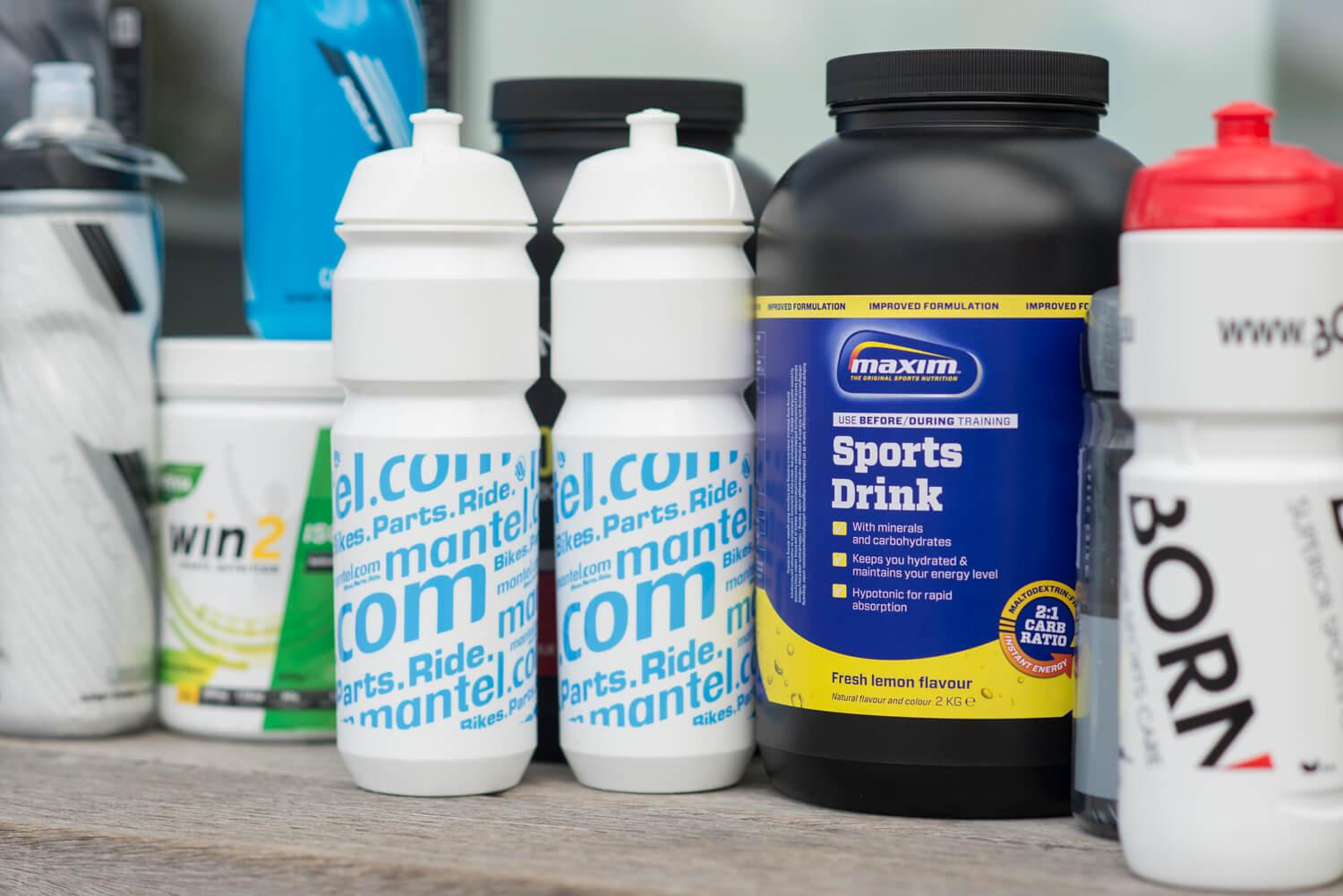
It’ll also measure your BMI, fat percentage, water percentage, muscle mass, and bone mass. In a few seconds you’re all done and up to date on the current state of your body!
Calculate your weight loss
Calculating how many litres of fluid you’ve lost during your ride is fairly simple. Determining how much that number constitutes of your overall body weight is easily done after as well. It all starts with weighing yourself before and after your ride.
Make sure you’re not wearing clothes on both occasions, since they can contain a fair amount of sweat after your ride, which should not be weighed with the rest of your body.
How much of that weight loss constitutes fluids?
So how many litres of fluid did you lose during your ride? We’ll assume that one litre of fluid lost equals one kilogram. You’ll need to keep track of how much you drink during your ride. A small bottle usually contains 500 ml, a large one 750 ml. Most bottles denote on the underside how much water they can hold when they’re filled.
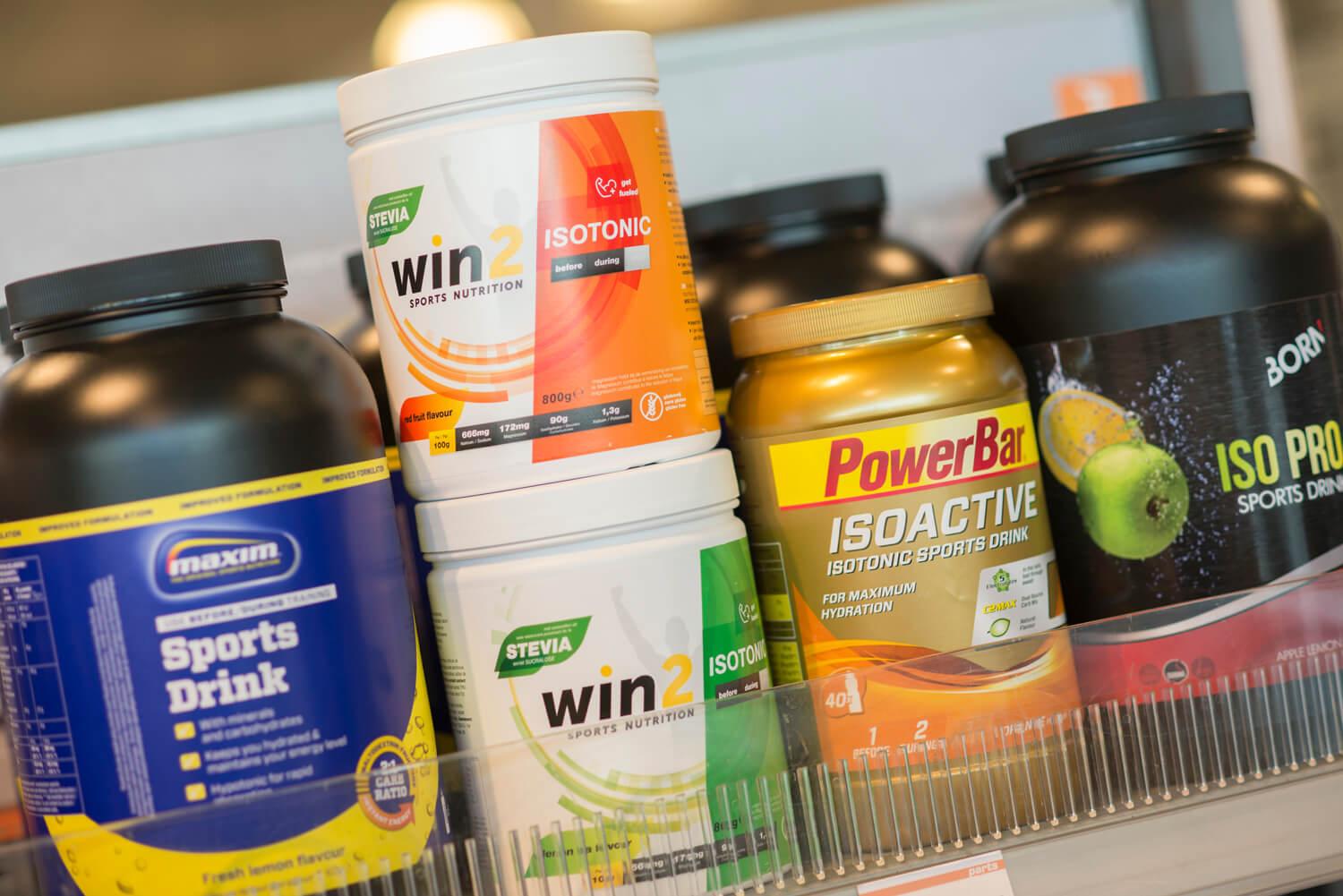
Subtract your bodyweight measured before your ride from the weight measured after your ride. If you’ve been drinking a lot during your training, then this will produce a positive number. Chances are though that you’ll end up with a negative number. Then subtract the number of litres consumed during training as well. The difference is the amount of fluid in litres lost during your ride.
An example of weight lost during training
Let’s say you weigh 70 kilograms before your ride, and 69.5 kilograms after. You’ve lost 0.5 kilograms of body weight. During your ride, you drank 3 complete small bottles, totalling 1.5 litres.
70 - 69,5 - 1,5 = - 2 litres
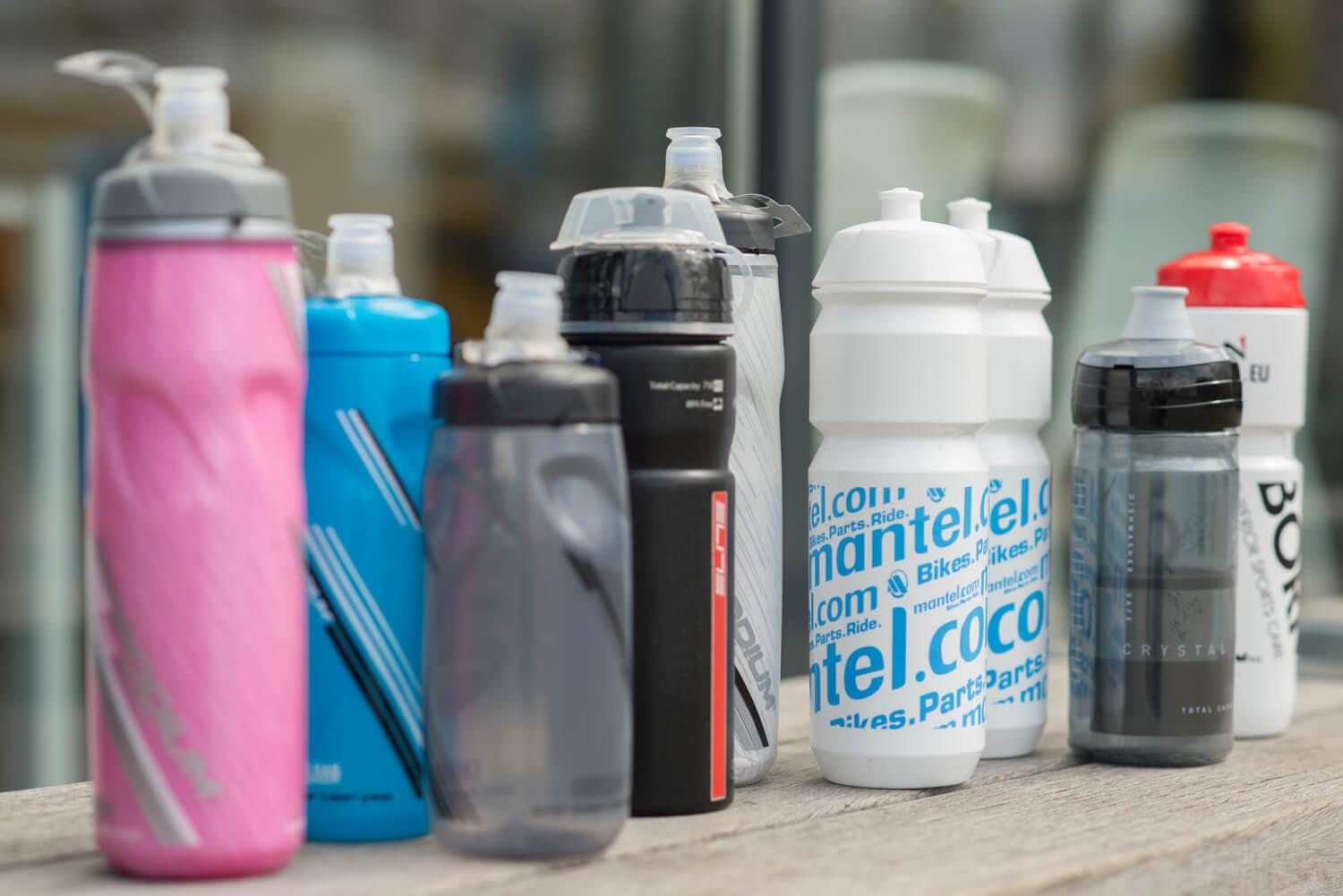
Want to know what percentage of your overall body weight that number denotes? Simply divide your weight after the ride by the weight before your ride, and multiplying that number by 100. So going back to our example:
Example of percentage of overall body weight lost
We once again assume you weighed 70 kilograms before your ride and 69.5 after. 69,5 / 70 x 100 = 99,29%
This means you’ve lost 100% - 99,29% = 0,71% of body weight. Now that you know how much fluid you’ve lost you can convert this to fluids lost per hour of riding. Imagine you’ve lost 2 litres of fluid over a 4 hour ride, then that means you’ve lost 0.5 litres of fluid per hour ridden.
If you’re going on a similar training ride with a similar intensity and in comparable conditions, you now know you have to drink approximately 0.5 litres per hour to maintain an optimal fluid balance.
Measure your fluid loss under various conditions
Since several different factors are key in determining your fluid loss during a ride, you’ll have to perform this calculation several times over under various conditions. The weather can greatly affect the level of fluid loss. The air temperature, air pressure, and humidity all affect your level of sweating.

Using supplements or certain foods and drinks can influence the amount of fluid lost during exercise. Caffeine will for instance cause you to dehydrate more quickly.
Don’t I burn some fat as welll?
It’s true that you lose a little body fat during a ride, just like you’re sweating out sodium. The weight lost through these processes are insignificant in comparison to weight lost from dehydration however. It’s why we don’t consider them in our calculations.
No test? No worries
Is performing these tests too much of a hassle, or perhaps you don’t own a set of scales. The average athlete requires 250 to 400 ml of water every 30 minutes. Generally speaking, staying within these margins should keep you safe. In order to make the water uptake during exercise a little easier for your body, you could use special sports drinks.
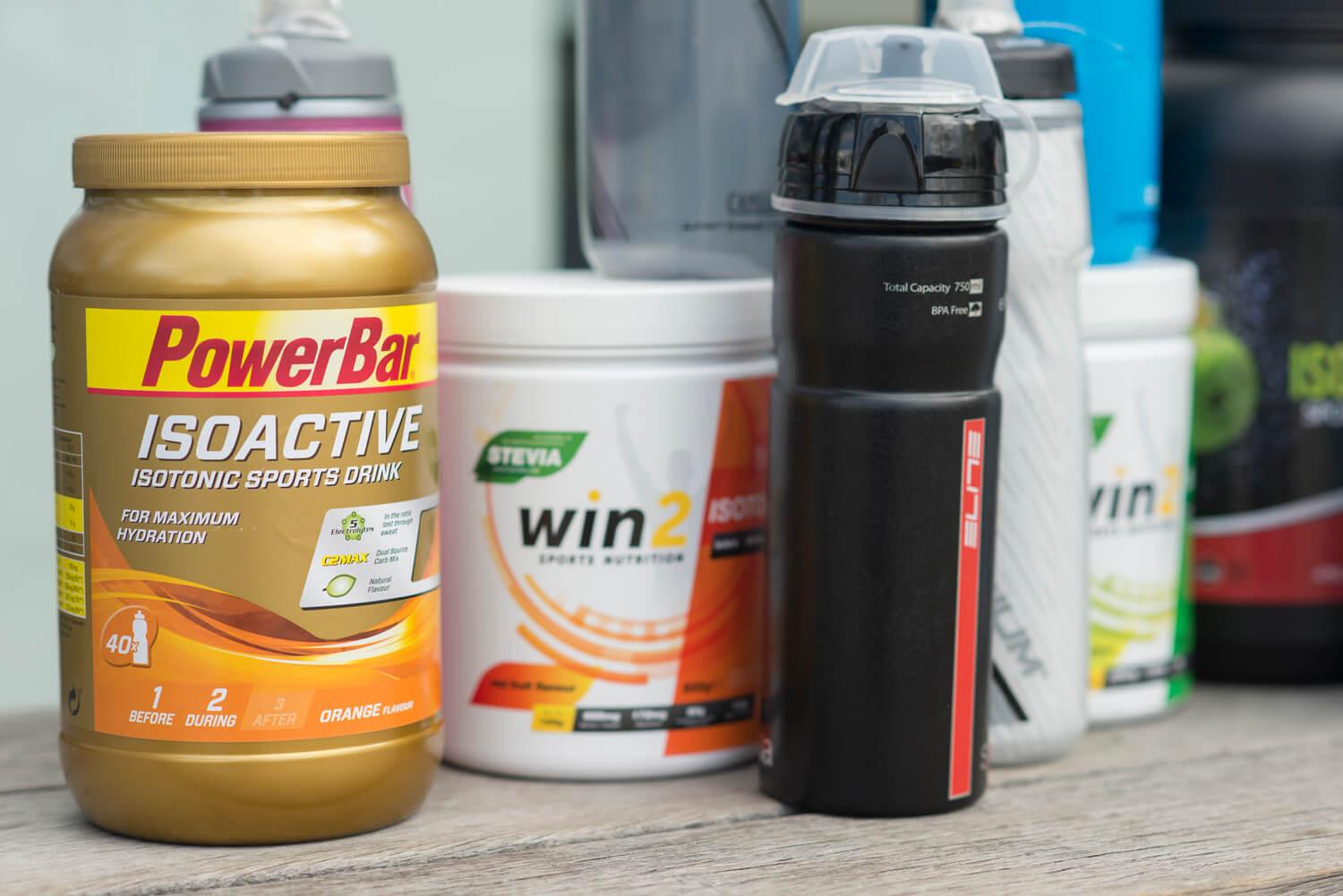
Sports drinks for cyclists contain carbohydrates and minerals which help with the reuptake of water during exercise. It can also be used to replenish some of your energy reserves while cycling.
Hypotonic sports drink or Isotonic sports drink
We recommend you consume hypotonic or isotonic sports drinks. This means that the amount of sugar is less (hypotonic) or equal to (isotonic) the current sugar levels in your blood. If it contains more sugar than your blood currently does, then we refer to that as a hypertonic sports drink. This has its drawbacks however.
Hypertonic sports drink
When you drink a hypertonic sports drink, your body will automatically start to compensate. The body tries to maintain an even balance between water and sugar throughout the body. In order to compensate for the high sugar levels in your stomach, your body will draw more fluid to your stomach.
This can result in nausea or a bloated feeling. The same symptoms can present when you don’t drink after having consumed a gel.
Hypotonic and isotonic sports drink
A hypotonic solution contains 1 to 5 grams of carbohydrates per 100 ml. An isotonic drink contains 6 to 8 grams of sugar per 100 ml.
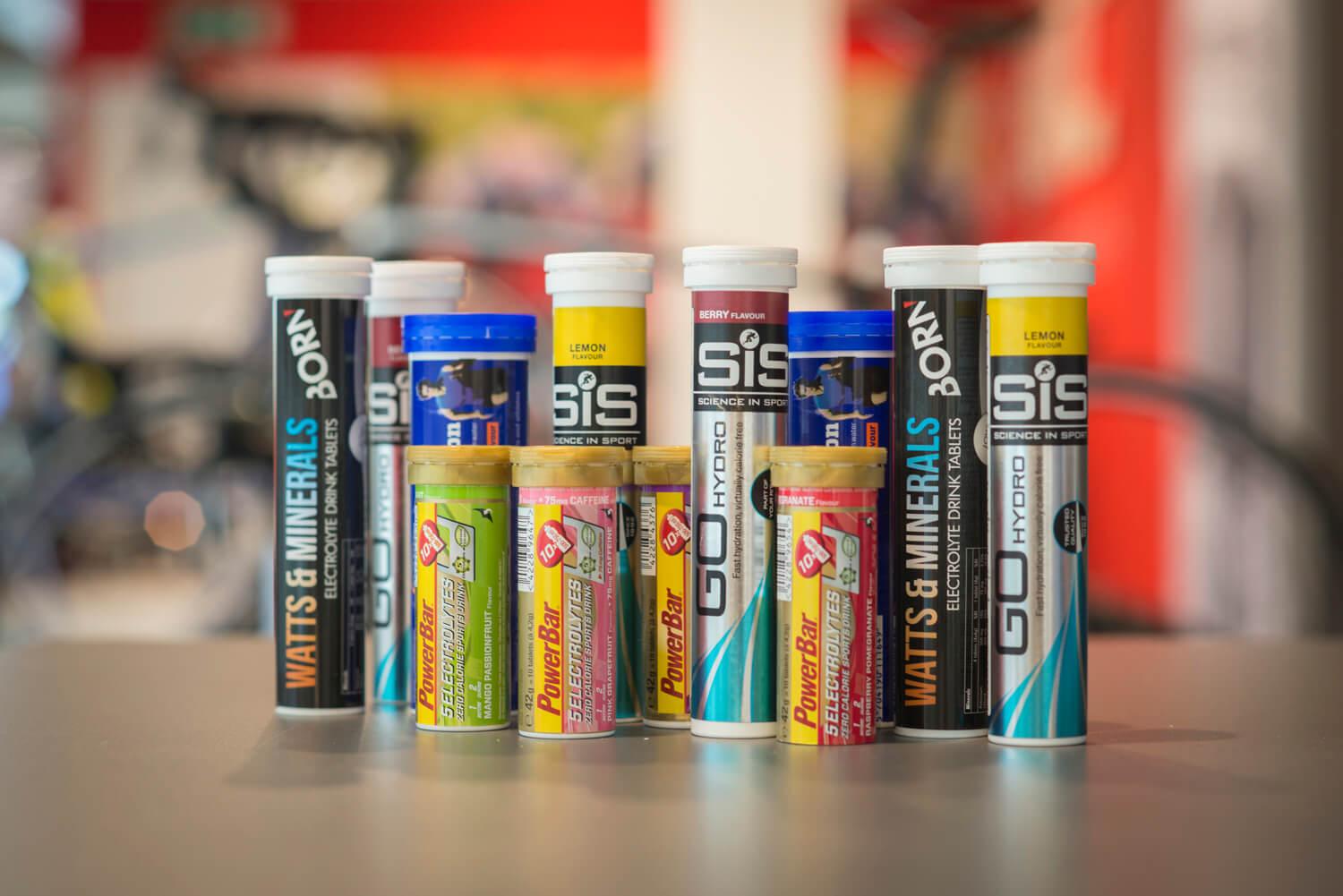
An isotonic drink can be turned into a hypotonic one by simply diluting it a little with water. Or just add a little less of whichever product you prefer to your water. This enables you to create two different types of drink with one product.
Sports drinks during exercise
Sports drinks designed for use during exercise don’t just contain energy, but minerals and sodium as well. These help your body absorb the water better and help you maintain a better fluid balance.
Healthy sports drinks for after exercise
After exercise, you can replenish any lost water and minerals using water and some added electrolytes. You don’t need any extra energy any longer. More on sports nutrition and recovery drinks can be found in our blog on proper sports nutrition.
Olle Vastbinder
You can find me on a bicycle almost every day. I commute each day from my house to work and back. Often on my road bike, and during the winter on an old crosser. And if that isn't enough, you can find me on my bike during most weekends too. On my trusty road bike or my mountainbike. And if you can't find me outdoors riding my bike, odds are I might be riding on Zwift
Related posts

Winter shoes for cycling on chilly, cold and ice cold days [Buyer’s Guide]
13 December 2022You demand more from your cycling shoes during winter. Few things are as uncomfortable as riding with cold feet ...
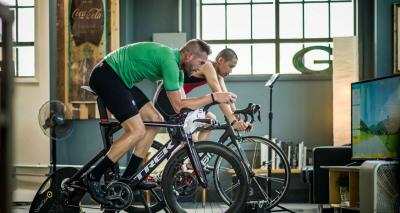
Turbo Trainers 2018-2019 - Which Trainer Best Suits Your Needs? [Buyer’s Guide]
13 October 2022Want to cycle with and against fellow cyclists using a turbo trainer at home? Thanks to the rise of Zwift that’s ...
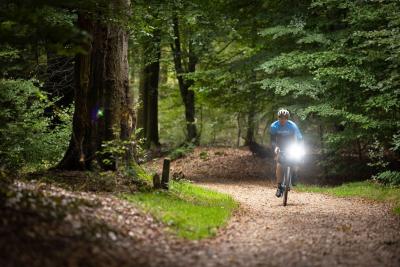
Bike Lights Buyer’s Guide 2022-23: Be safe on the road!
27 September 2022Having bike lights might be the easiest and most important way to be safe whilst cycling ...
 Nederland
Nederland België
België Deutschland
Deutschland United Kingdom
United Kingdom Finland
Finland Ireland
Ireland Luxembourg
Luxembourg Portugal
Portugal Poland
Poland Österreich
Österreich France
France España
España Italia
Italia Sverige
Sverige Danmark
Danmark
















































































































































































































































